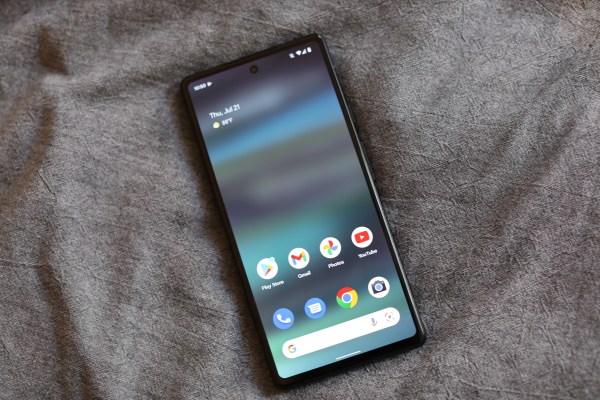New techniques will be deployed to observe radio emissions from the early universe, helping us understand signals first detected in 2018
Space
21 July 2022
Astronomers are planning new observations with the MeerKAT radio telescope array in South Africa MUJAHID SAFODIEN/AFP via Getty Images
A new way to look back at the universe’s first moments could help solve an astronomical mystery.
In 2018, a radio telescope in the remote Australian outback detected a signal that appeared to be from hydrogen gas absorbing ultraviolet radiation from the very first stars, a few hundred million years after the big bang.
But the signal was twice as strong as expected, implying that the gas was much colder than standard theory predicts.
While some astrophysicists proposed that this could have been from interactions with dark matter, others called for further, more careful measurements with better equipment and techniques. The signal should be about 100,000 times weaker than radio signals from the Milky Way, so it is hard to rule out noise pollution from nearby radio sources or problems with the instruments themselves.
Now, Eloy de Lera Acedo at the University of Cambridge and his colleagues are planning a new project called Radio Experiment for the Analysis of Cosmic Hydrogen (REACH), which will use a telescope in the Meerkat National Park, South Africa, to eliminate any doubt and measure the true hydrogen signal.
“For this study they have improved the entire experimental setup and also the modelling,” says Thomas Greve at the Technical University of Denmark, who isn’t involved with the project. “There are a lot of systematic effects that come into play when you need to detect such a very, very minute signal.”
REACH will use statistical techniques to model nearby cosmological noise, as well as simulations of multiple-antenna observations, an improvement over previous single-antenna observations, to properly separate out the correct signal.
These techniques haven’t been used in the study of very early hydrogen emissions, says Greve. “It hasn’t been done in this kind of context before, and certainly not in this level of detail that they’re doing here – it’s a very powerful technique.”
Journal reference: Nature Astronomy, DOI: 10.1038/s41550-022-01709-9
More on these topics:


























































